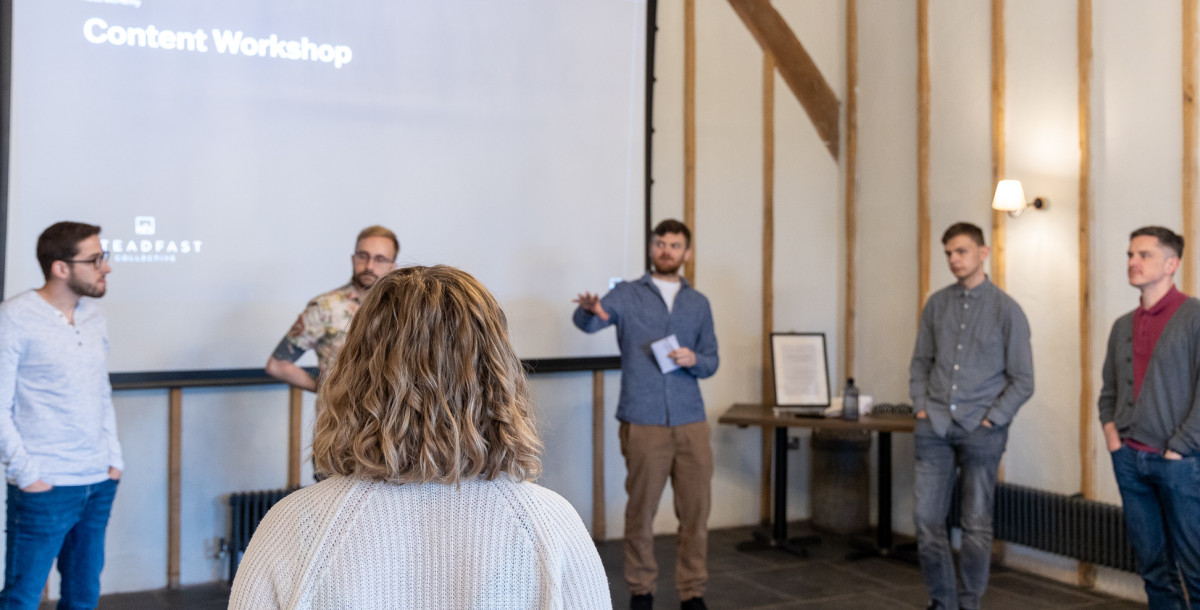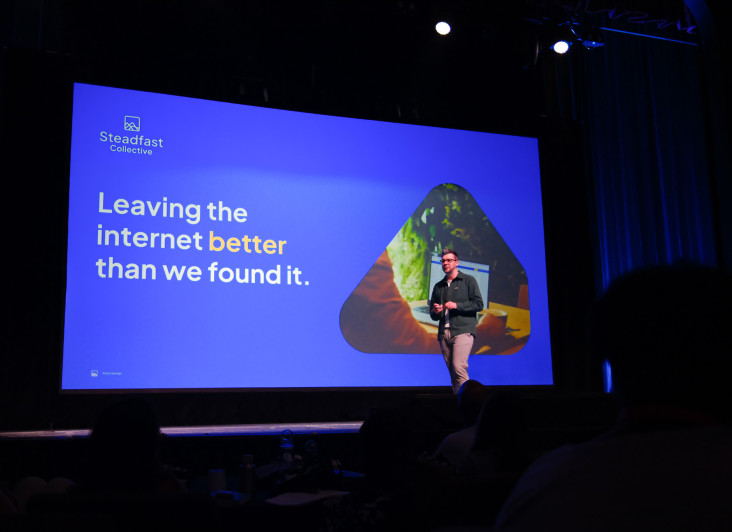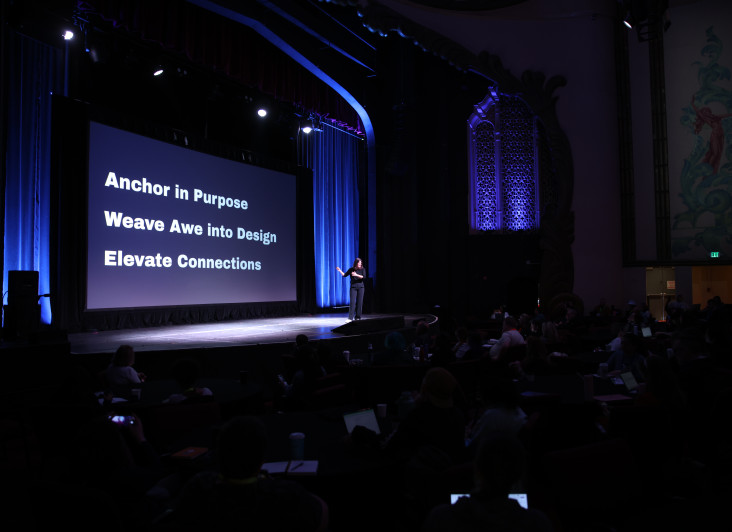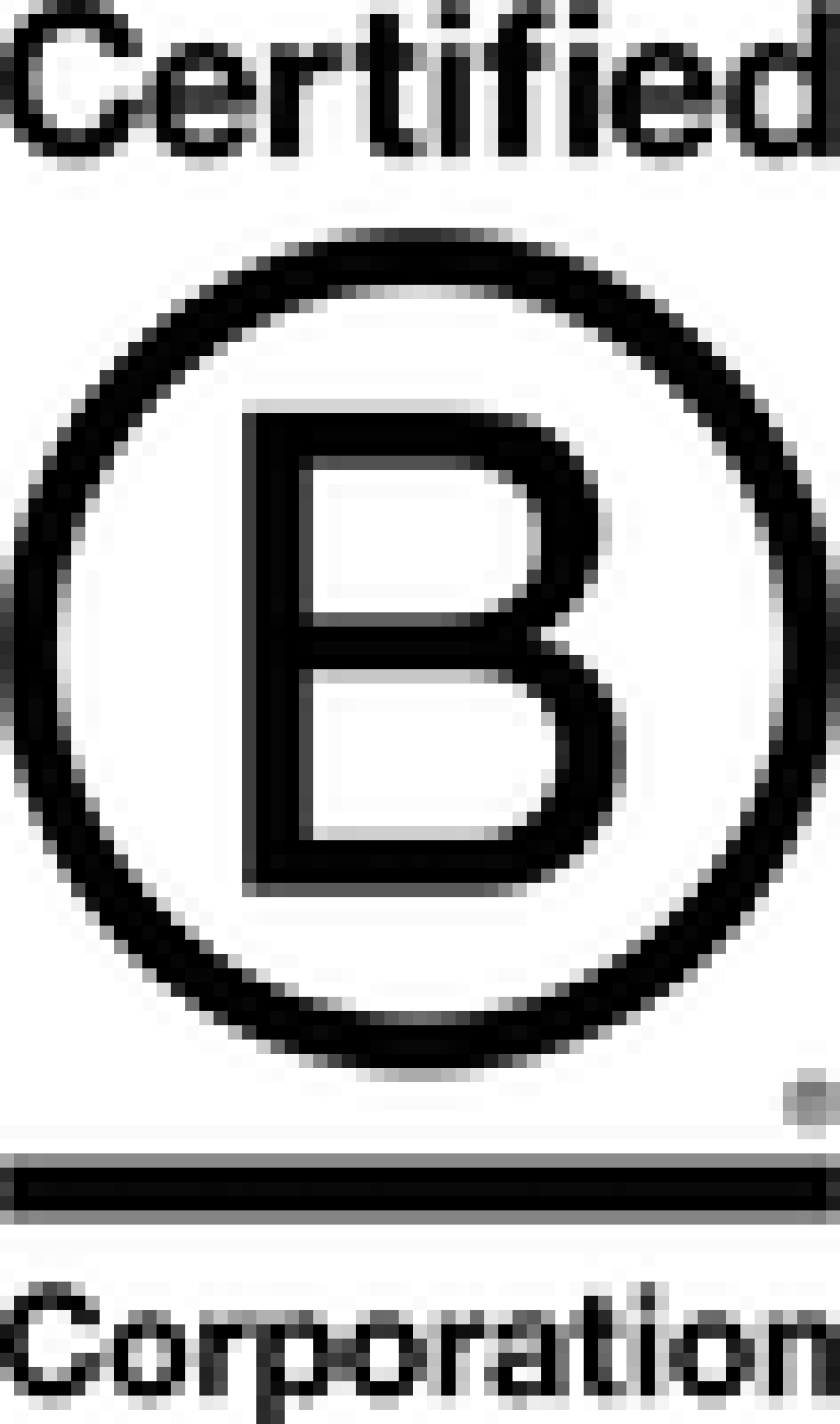Why you NEED to master the discovery phase when building a community platform

When we’re building a bespoke community platform, the process typically follows the same five steps:
Discovery and definition
Design
Build
Testing
Data migration and deployment
It’s common to get excited about the design and build stage of the process. After all, this is when you start to see your ideas come to life!
However, rushing into the design and build without dedicating enough time to the discovery phase can lead to mistakes and unexpected challenges further down the road. In fact, our experiences have shown that projects that spend more time on discovery are more successful.
While each of these five steps has its place in every project, the discovery and definition phase is pivotal for the success of each step that follows.
Why is the discovery phase so important?
The discovery phase is where the work of building a community platform begins. The main goal of the initial phase is to get everyone on the same page and dispel all potential roadblocks and doubts.
No surprises
Have you ever found yourself midway through a professional or personal project, only to encounter an obstacle that derails your progress?
Think about building a piece of flatpack furniture.
The first page of the instruction manual will typically go through all the different bolts and screws you need to build the furniture. This page makes sure you don’t get halfway through the build and realise you’re missing something. It prepares you for the journey of building and helps you make the end product.
The discovery phase for building your community platform does something similar. Discovery lets you define exactly what the community platform will be like and ensures you get to the end without any surprises.

Alignment from the start
Building a community platform often involves multiple stakeholders and departments who each have their own ideas of what the end product should be like.
For example, three different teams could have three very different expectations for the community platform:
A marketing department might want the community platform to drive engagement, build brand loyalty, and generate leads. To do this, they might expect features like promotional banners and seamless integration with their marketing tools.
Customer support may expect the platform to help reduce support tickets. They would prioritise features like comprehensive search functions, FAQs, and community forums where users can ask and answer questions.
The sales team might be interested in using the platform to gain customer testimonials or promote premium content. With this assumption, they would expect the platform to integrate with CRM systems so they can track user interactions and conversions.
As you can see, each department is looking for something slightly different from the community platform. The discovery phase lets each department put forward what they are looking for from the community platform and what features they need to make the most of it.
Discovery encourages open communication and collaboration to define the platform’s use. When every department is clear on the community’s purpose, assumptions are eliminated and a unified idea is carried forward.
Saves time and money
Investing in the discovery phase can seem costly, but it’s an investment that pays off.
A well-conducted discovery phase prevents costly rework later down the line.
Imagine you’re building a house without having an architect view the space first. Yes, you would be cutting an initial cost, but you would likely run into problems that could have been avoided had the right help been brought in at the beginning.
Whether it’s an unexpected pipe placement or foundational problems, these problems will probably cost you more money than hiring the expertise of an architect in the first place.
By spending time upfront to clarify your community platform’s goals, you significantly reduce the risk of delays, budget overruns, and unmet expectations.

How to facilitate the discovery phase
Discovery is more than just gathering ideas; it’s about organising ideas into a coherent plan.
Hosting a discovery workshop is the best way to bring all stakeholders and departments together to collectively decide on the community platform’s use and features.
The workshop will typically encourage attendees to write ideas and thoughts on post-its or whiteboards so that everyone can visually see the project’s expectations.
But what happens after the workshop?
You’re left with a jumble of words and phrases across boards and post-its, which isn’t the easiest thing to work from as you progress to the next stage.
These post-its need to be turned into something that can be used as a blueprint for the build and design stage of your community platform.
This is where a functional specification comes into play.
What's a functional specification?
A functional specification is a clear user-centred document that lists the features of your community platform and the requirements of the features.
The more specific you get in your functional specification, the more you can be confident that you’re creating a platform users will love and want to spend time on.
Your functional specification also becomes your single source of truth.
Finding the balance between user and business requirements
While the functional specification document is primarily focused on the user, it doesn’t mean you should forget about the business requirements.
Let’s think back to the customer support team’s expectations of having a comprehensive search function and community forums within the community platform. For this company, the functional specification may include the following feature:
As a member, I can search a forum for information.
This feature would then have specific requirements:
Users can click on a search box where they can search the title, body copy, and forum comments.
This example helps the user easily move around the platform, but it also benefits the customer support department.
Each feature and requirement listed in your functional specification is a way to position yourself as the user and understand what is needed for the user to successfully carry out certain moves in your community platform.
Build your online community right from the start
Our team has years of experience hosting discovery workshops and turning your ideas and goals into a functional specification that allows your build to move forward with ease. If you’re ready to start building your community platform, get in touch!
More Articles

Can you track it?
Every budget is being put under the microscope right now, and quite right too.

When to Build Your Own Membership Platform (and When Not To)
I’ll let you in on a secret, not every membership organisation needs a bespoke membership platform.

Design for AWE
Anchor. Wonder. Connection. The blueprint for unforgettable memberships.

